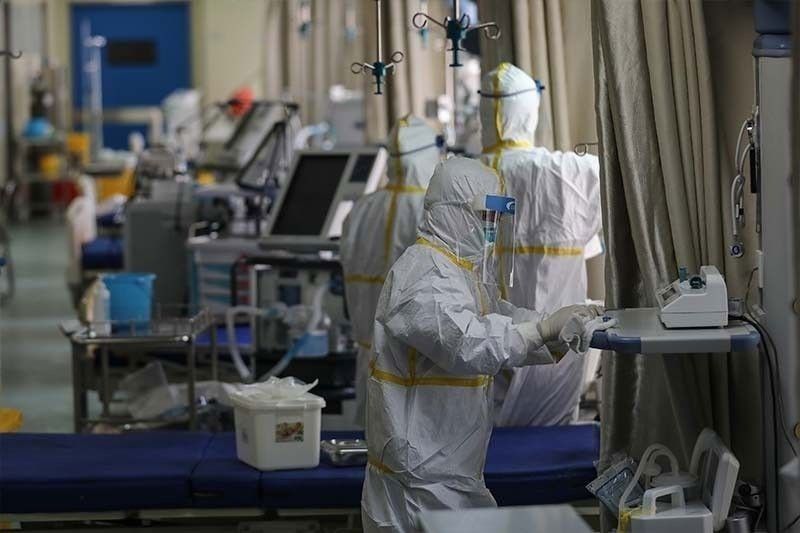‘COVID-19 deaths remain a small fraction of Philippines mortality’

MANILA, Philippines — Despite the incredible stress brought by the pandemic on the country’s health system, deaths attributed to coronavirus disease remain a small portion of total deaths nationwide, government data showed.
Based on Feb. 17 figures from the Department of Health (DOH), the 11,577 deaths attributed to COVID-19 account for only around two percent of the total caseload of 553,424 since the pandemic broke out.
Set against deaths in the country, which averaged 586,630 annually from 2015 to 2019, mortality due COVID-19 is relatively small.
Updated Philippine Death Statistics showed that 515,056 deaths occurred from January 2020 up to November 2020.
This was lower than the total deaths of 568,552 in the same 11-month period of 2019, registered with the Philippine Statistics Authority (PSA).
Most of these deaths were caused by the top 10 killers of Filipinos, with COVID-19 accounting for just a miniscule fraction of the toll.
In the order of the most common cause of death to the least, the top 10 killers of Filipinos are ischaemic heart diseases, neoplasms that may include cancers, cerebrovascular diseases, pneumonia, diabetes mellitus, hypertensive diseases, chronic lower respiratory infections, respiratory tuberculosis, other heart diseases and genitourinary diseases.
During the initial phase of the pandemic in the first quarter of the year, the COVID-19 fatality rate was high because of two limiting factors – the public’s knowledge about the disease and testing capacity.
As of April 1, 2020, there were 500 deaths out of the total confirmed cases of 3,000 – a fatality rate of 17 percent.
With increased testing, the number of confirmed cases grew but most had mild symptoms.
By May 15, 2020, the fatality rate fell to 5.6 percent; by July 31, 2020, it fell further to 2.2 percent; and as of Jan. 6, 2021, the fatality rate has been diminished to 1.9 percent.
In several fora, acting Socioeconomic Planning Secretary Karl Chua cited the small fatality figures from COVID-19 to support the National Economic and Development Authority’s position to further relax mobility restrictions and gradually reopen of more sections of the economy.
Situation improving
The Department of Health (DOH) sees improvement in the COVID-19 situation in the country even with an “observed rise” in cases in some areas following the holiday season.
“The epidemic curve shows we are doing so much better now. Although there’s some peak in January, it’s not as large as when we first started,” DOH Epidemiology director Alethea de Guzman said in a recent virtual Kapihan session with the media.
De Guzman’s comment was based on figures as of Feb. 15 when the country recorded a total of 550,860 COVID-19 cases, of which 27,588 or five percent remain active.
She said the active case rate is an improvement from the eight percent to nine percent reported previously.
The recovery rate is at 92.9 percent, which is a good indication of the country’s management of COVID-19 cases, she added.
While most regions are showing improvement, the DOH is closely monitoring increasing cases in Central Visayas, Soccsksargen and Caraga, except in Agusan del Sur for the past two weeks.
Yesterday, the DOH’s updated tally logged an additional 1,744 cases, pushing to 555,163 the number of confirmed COVID-19 cases nationwide.
It reported that 92.3 percent or 512,375 of the total cases have recovered, including 412 newly recorded recoveries.
Active cases account for 5.6 percent or 31,115 of total cases. The bulk or 94.2 percent of the active cases are mild or asymptomatic.
Additional 96 deaths brought to 11,673 the total COVID-related mortalities, which account for 2.10 percent of total cases. – Mayen Jaymalin
- Latest
- Trending
































